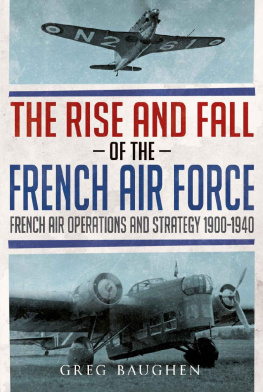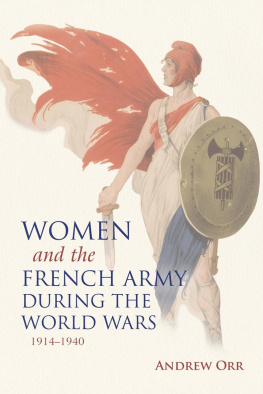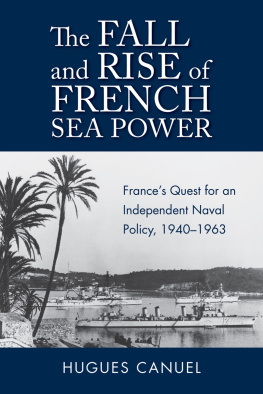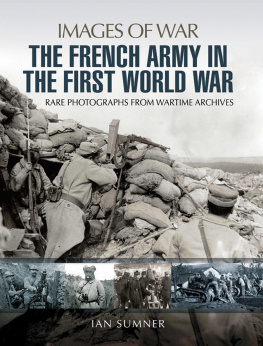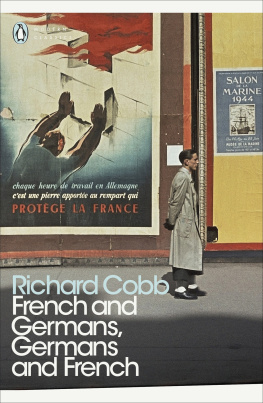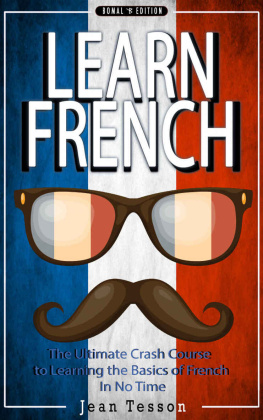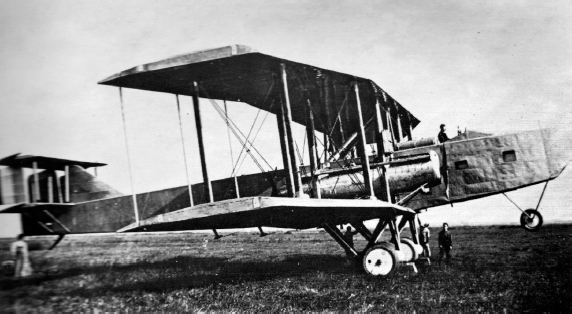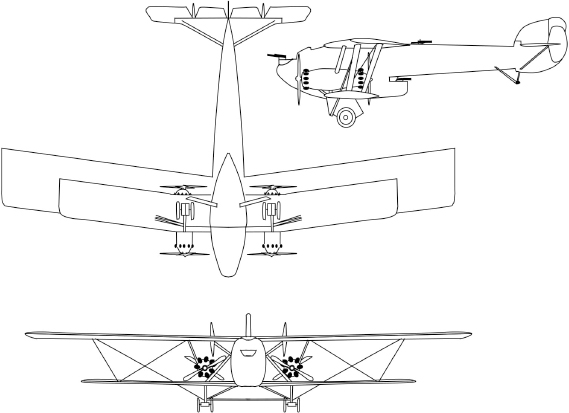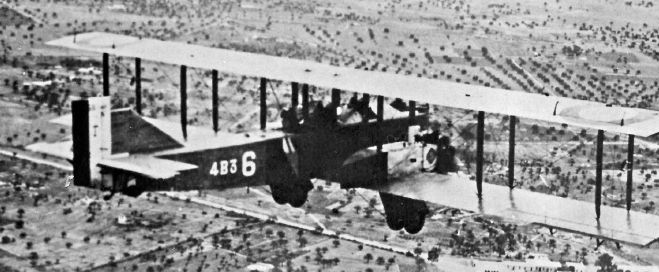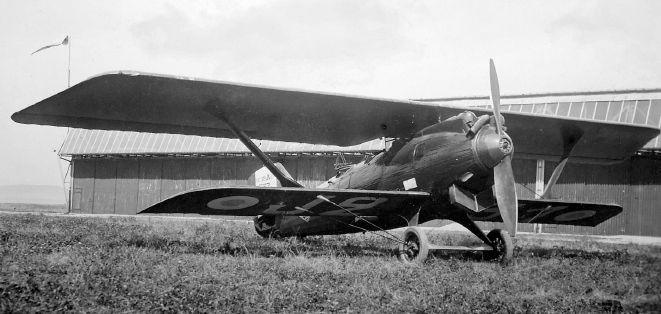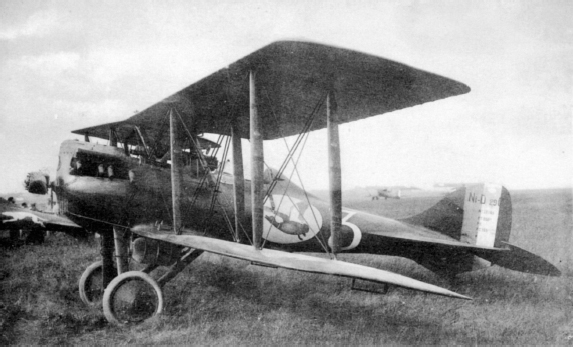Greg Baughen - The Rise and Fall of the French Air Force: French Air Operations and Strategy 1900-1940
Here you can read online Greg Baughen - The Rise and Fall of the French Air Force: French Air Operations and Strategy 1900-1940 full text of the book (entire story) in english for free. Download pdf and epub, get meaning, cover and reviews about this ebook. year: 2017, publisher: Fonthill Media, genre: Non-fiction. Description of the work, (preface) as well as reviews are available. Best literature library LitArk.com created for fans of good reading and offers a wide selection of genres:
Romance novel
Science fiction
Adventure
Detective
Science
History
Home and family
Prose
Art
Politics
Computer
Non-fiction
Religion
Business
Children
Humor
Choose a favorite category and find really read worthwhile books. Enjoy immersion in the world of imagination, feel the emotions of the characters or learn something new for yourself, make an fascinating discovery.
- Book:The Rise and Fall of the French Air Force: French Air Operations and Strategy 1900-1940
- Author:
- Publisher:Fonthill Media
- Genre:
- Year:2017
- Rating:5 / 5
- Favourites:Add to favourites
- Your mark:
The Rise and Fall of the French Air Force: French Air Operations and Strategy 1900-1940: summary, description and annotation
We offer to read an annotation, description, summary or preface (depends on what the author of the book "The Rise and Fall of the French Air Force: French Air Operations and Strategy 1900-1940" wrote himself). If you haven't found the necessary information about the book — write in the comments, we will try to find it.
Review
Five stars An exceptionally detailed discussion on why the French air force failed in 1940
Christopher Amano-Langtree, Amazon UK review, 14 April 2018
From the Author
This is where it all started for me. Growing up in post-war Britain, there was no shortage of t.v. documentaries on the RAFs glorious victory in the Battle of Britain. Spitfires and Hurricanes hung from my bedroom ceiling. Then one day I saw a construction kit for a Dewoitine D.520. So the French had an air force as well! For a ten-year old this was an amazing discovery. Indeed, not only did they have an air force, they had a very large air force. So what happened to the French Air Force? So it began. First it was books on French aircraft. Then trips to the Imperial War Museum to read French books on the subject (suddenly those French lessons at school did not seem like such a waste of time!). At university too much time in the history section rather than doing the maths I was supposed to be doing. Trips to Paris to look at original documents (and many long hours washing up in restaurants). A little more than 50 years later the book finally makes it into the bookshops. (And if you dont believe Ive been working on it for that long check out my school project on the subject from 50 years ago - its on my Facebook page!)
About the Author
Greg Baughen was educated at Sussex University where he obtained a degree in Mathematics. His interest in military aviation was sparked by curiosity over the defeat of British and French forces in the Battle of France in 1940. For many years, he has delved though public archives seeking explanations. The quest has taken him back to the origins of air power in both countries and forwards to what might have been in the Cold War. Baughen is working on a series that will trace the history of the RAF from its origins through to the thermonuclear age.
Publisher: Fonthill Media (April 8, 2018)
Greg Baughen: author's other books
Who wrote The Rise and Fall of the French Air Force: French Air Operations and Strategy 1900-1940? Find out the surname, the name of the author of the book and a list of all author's works by series.

